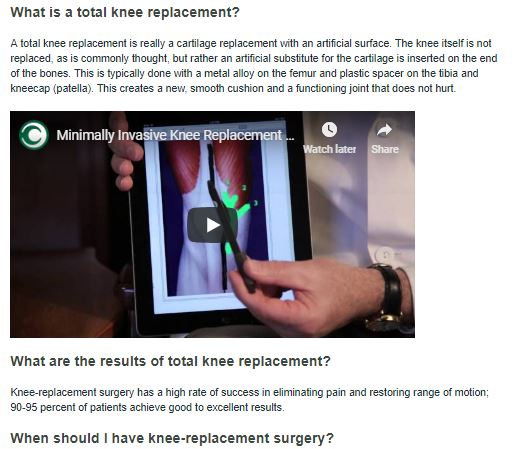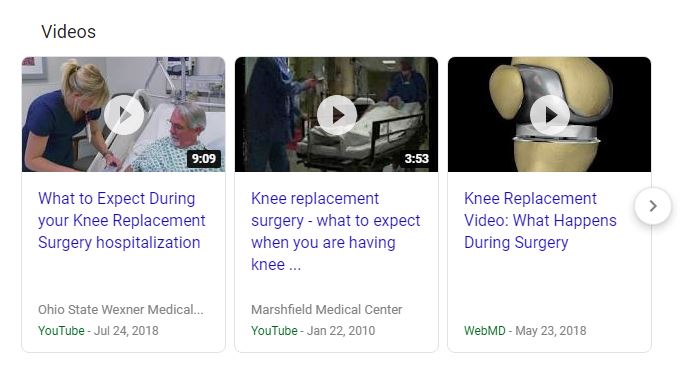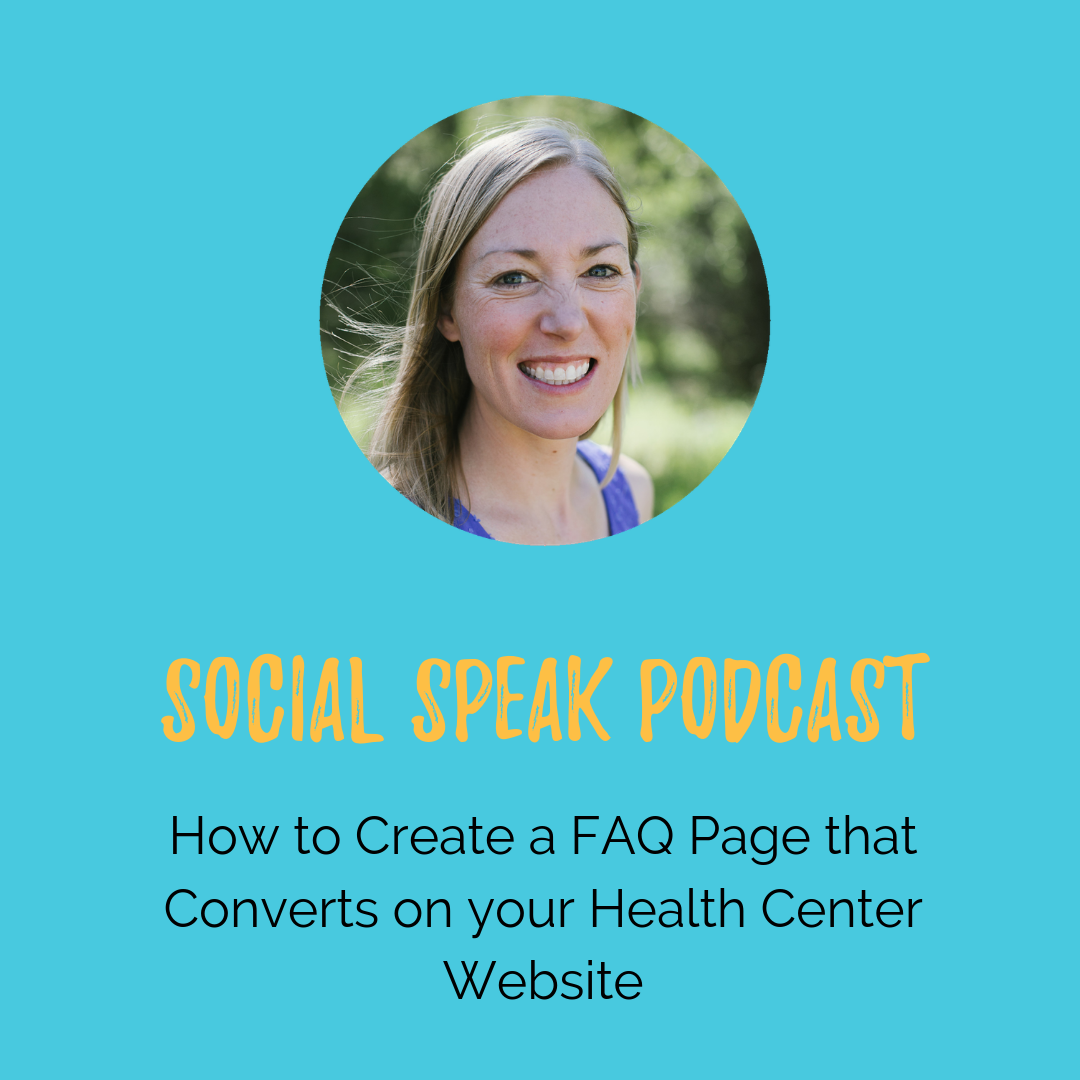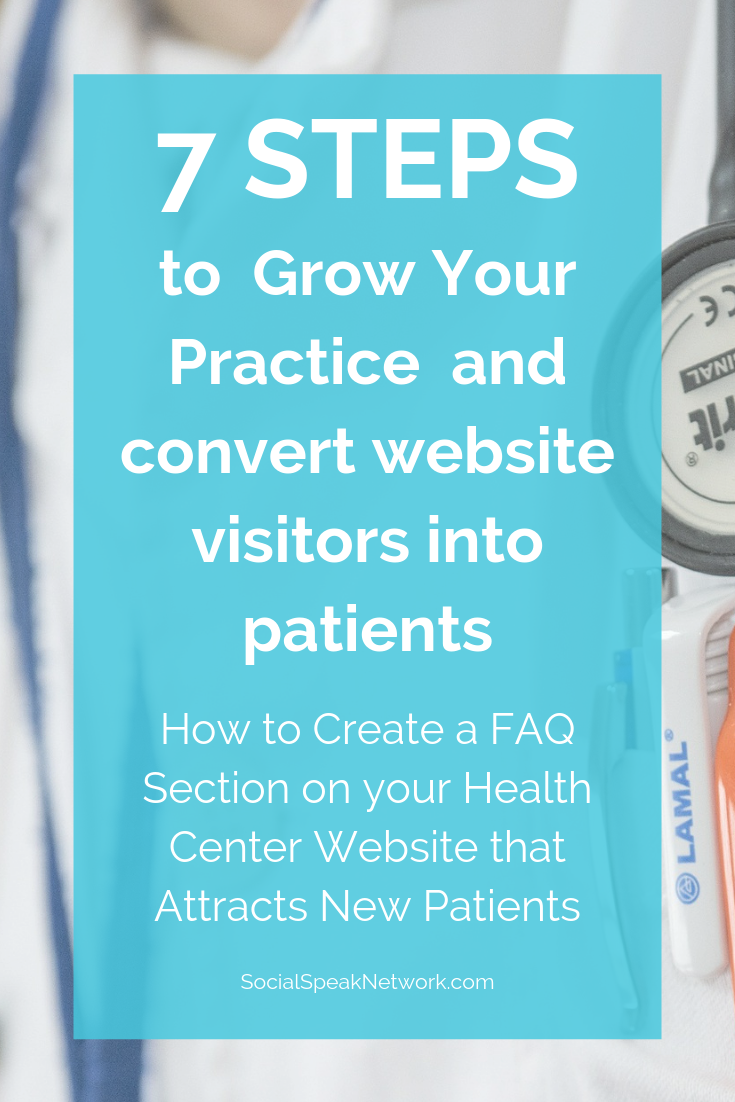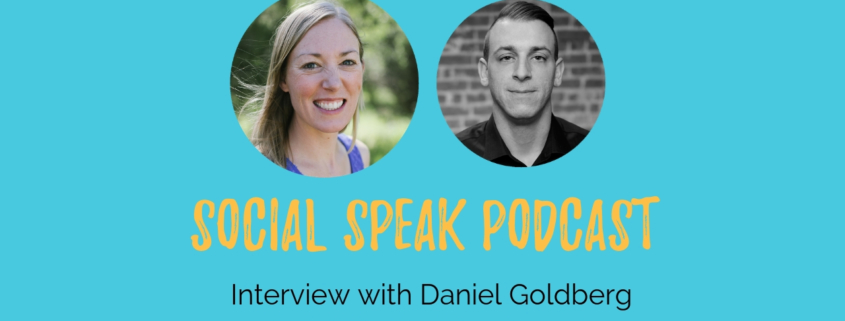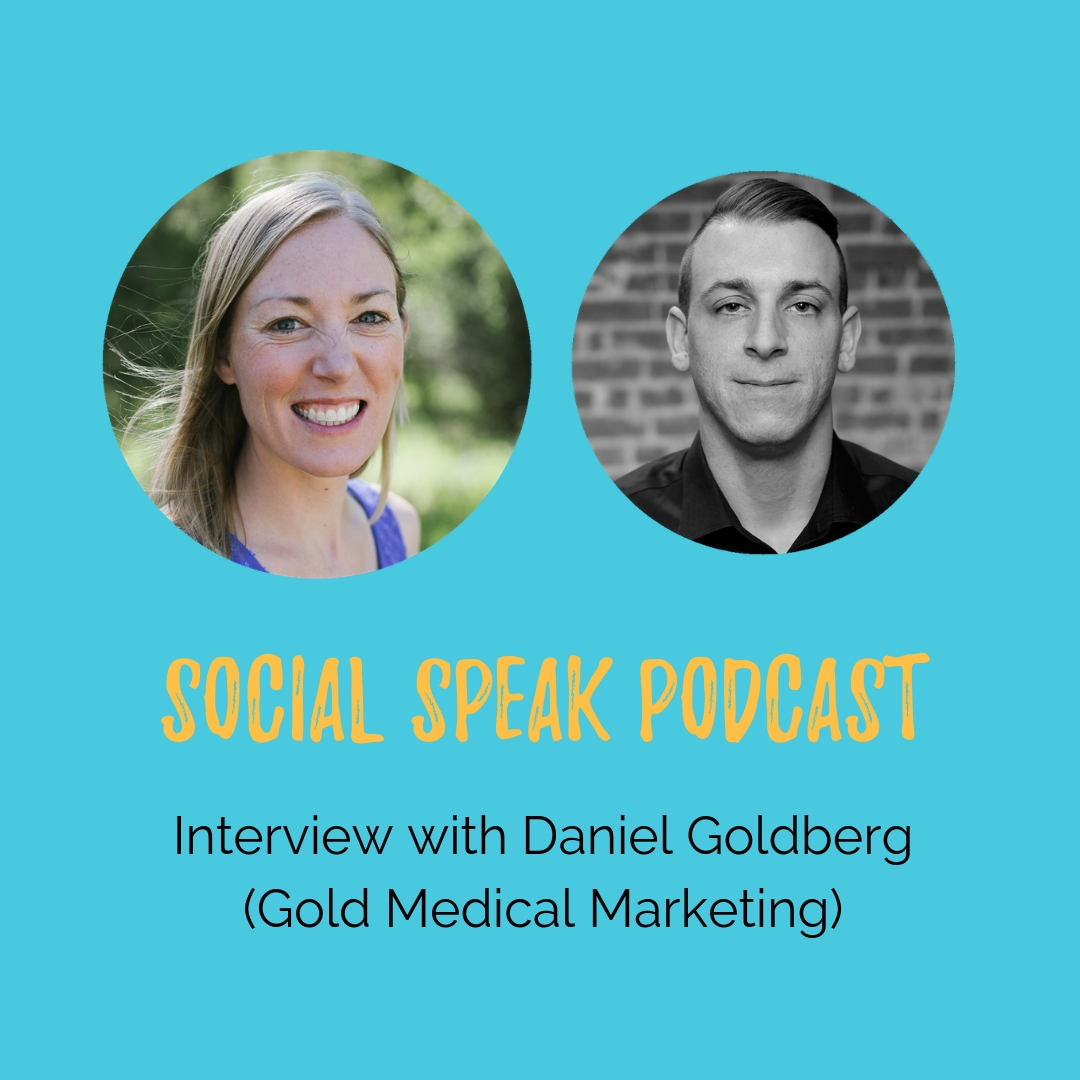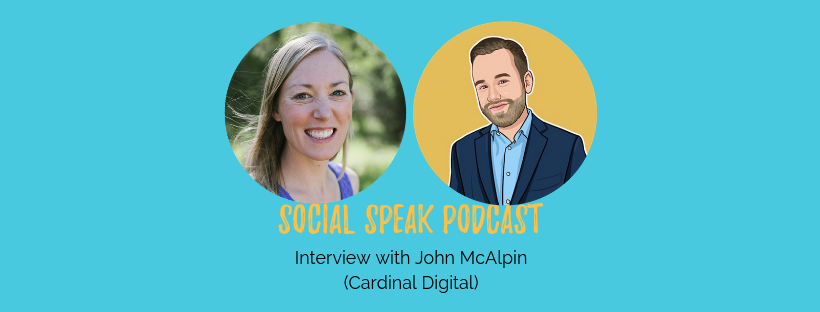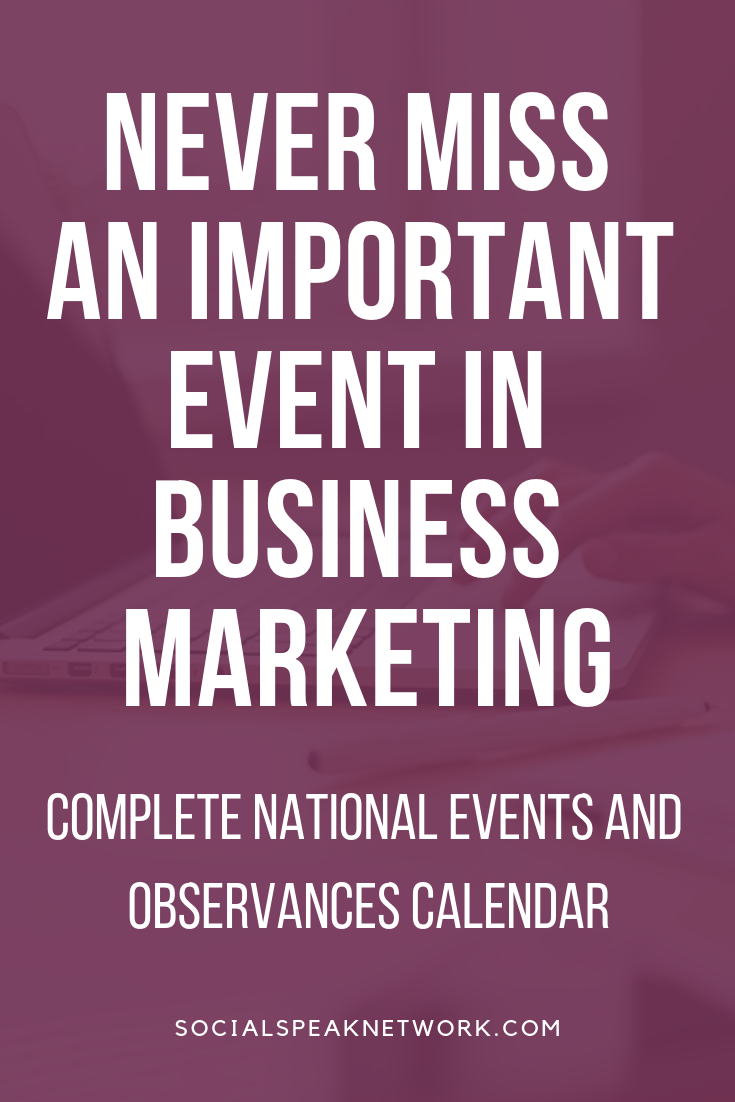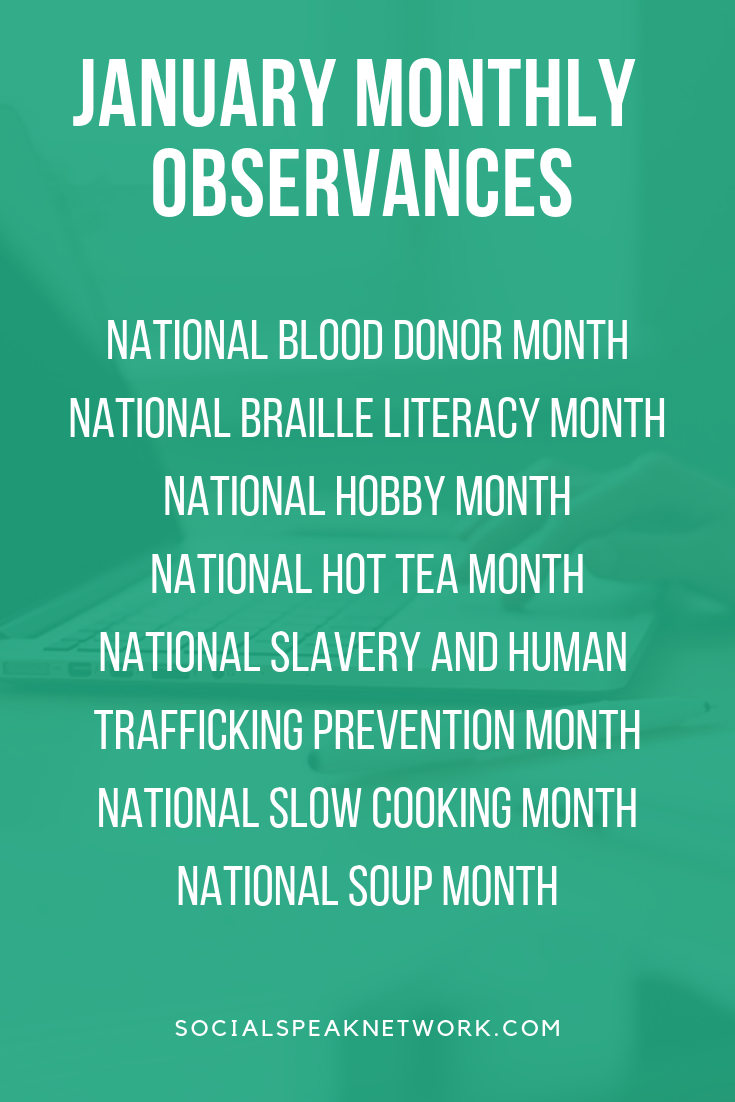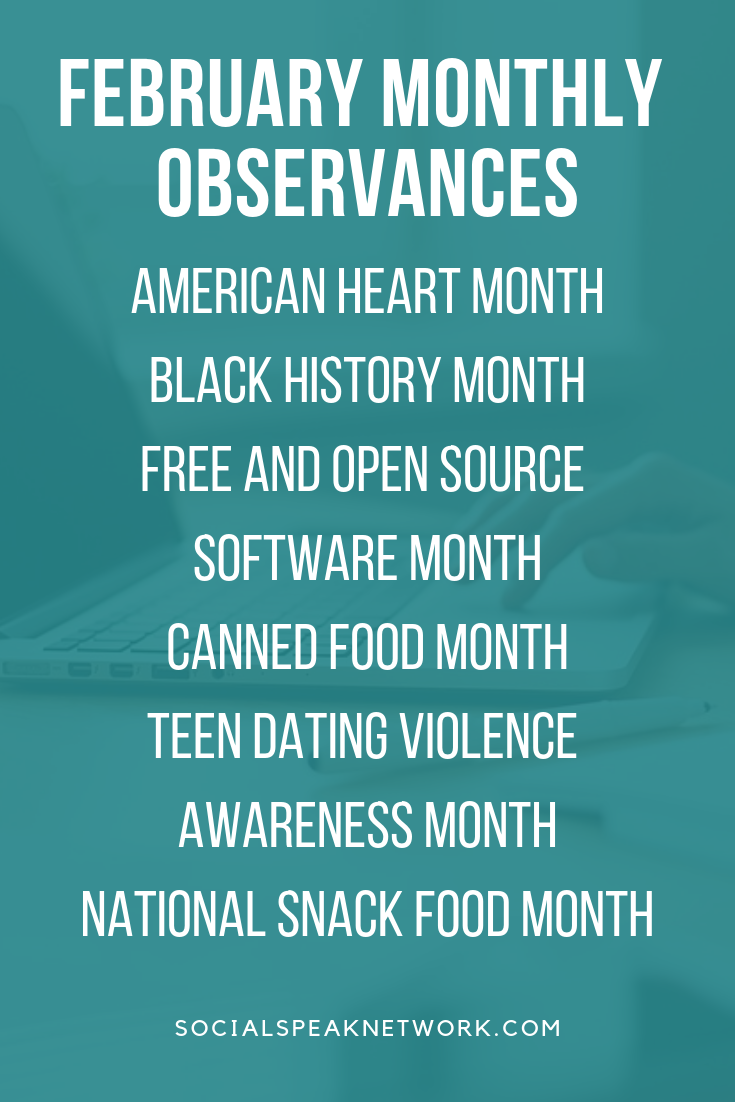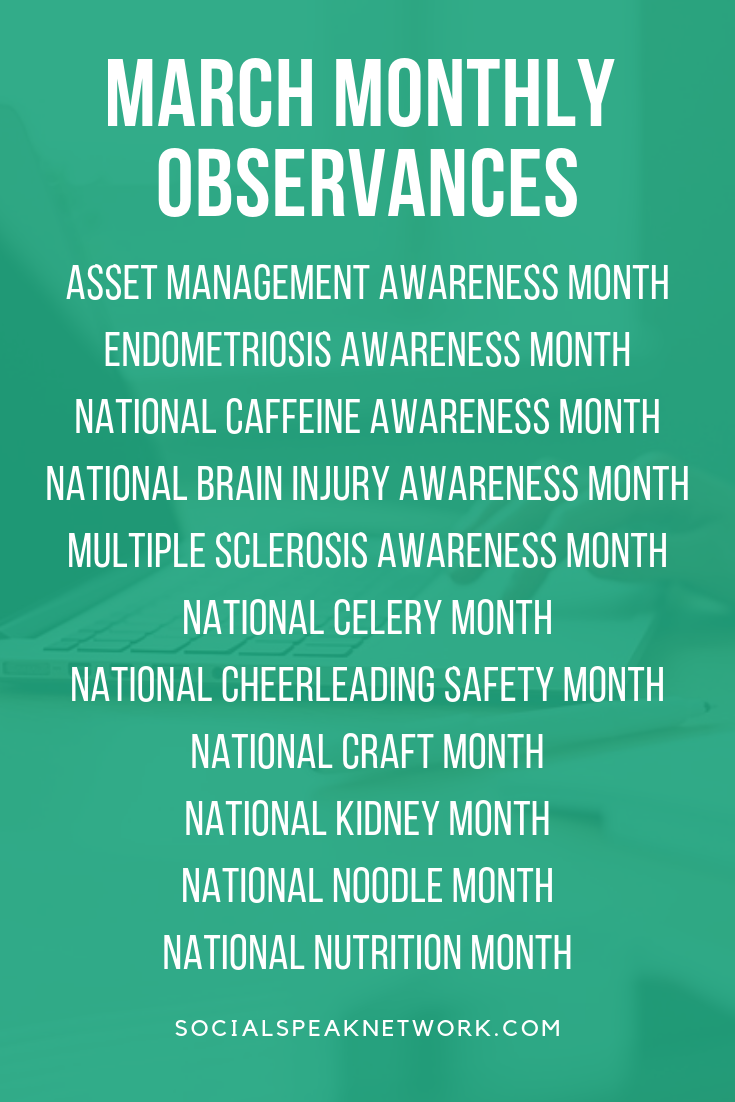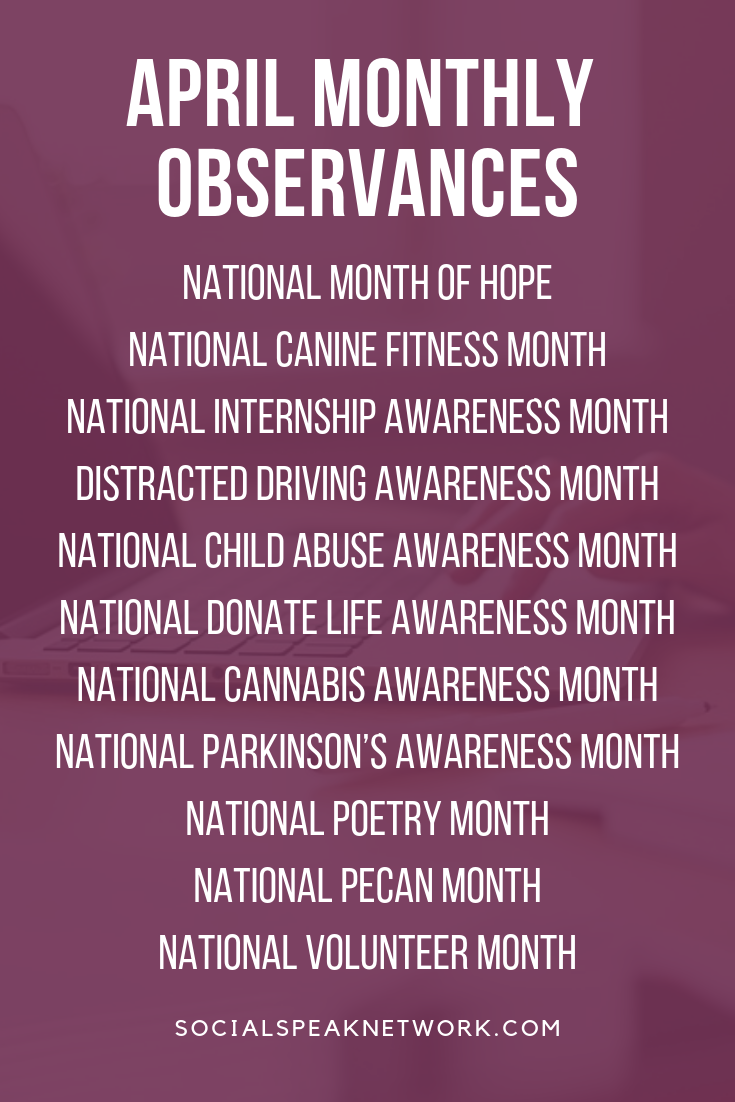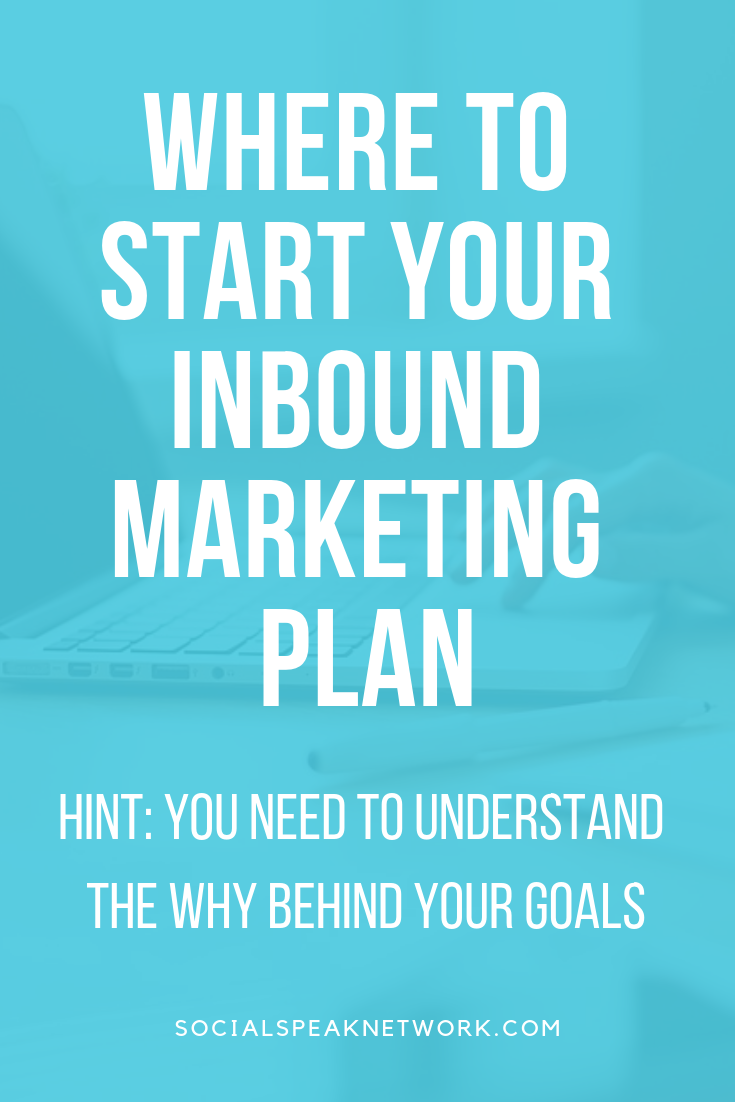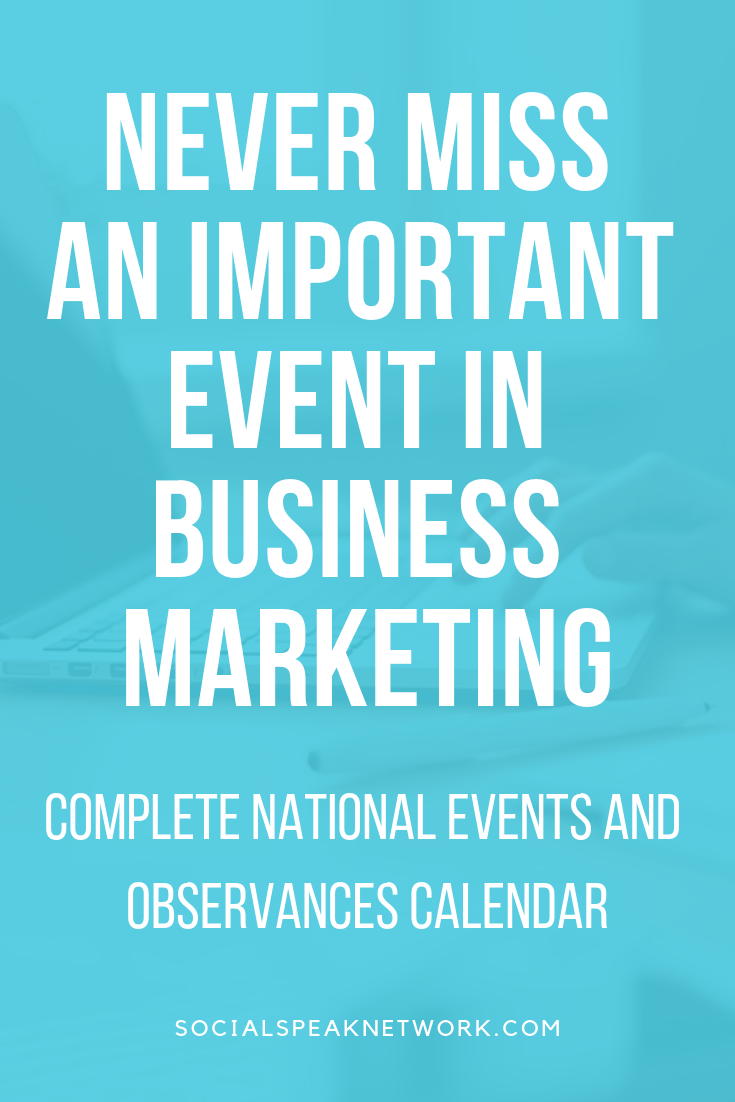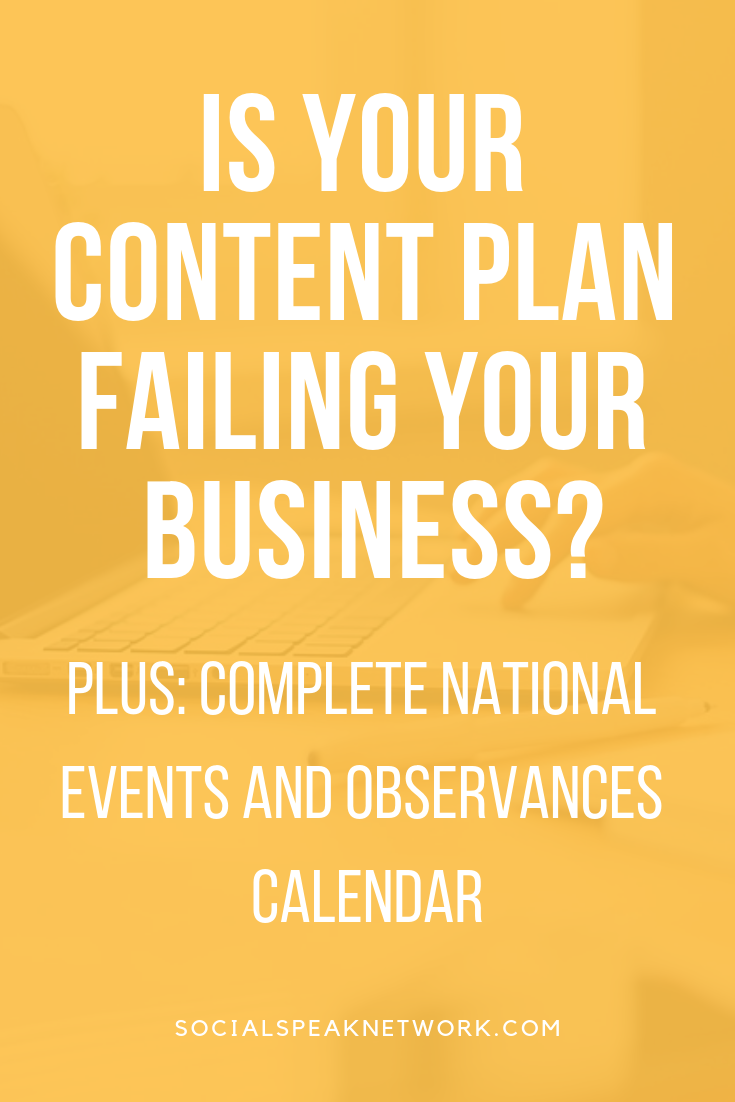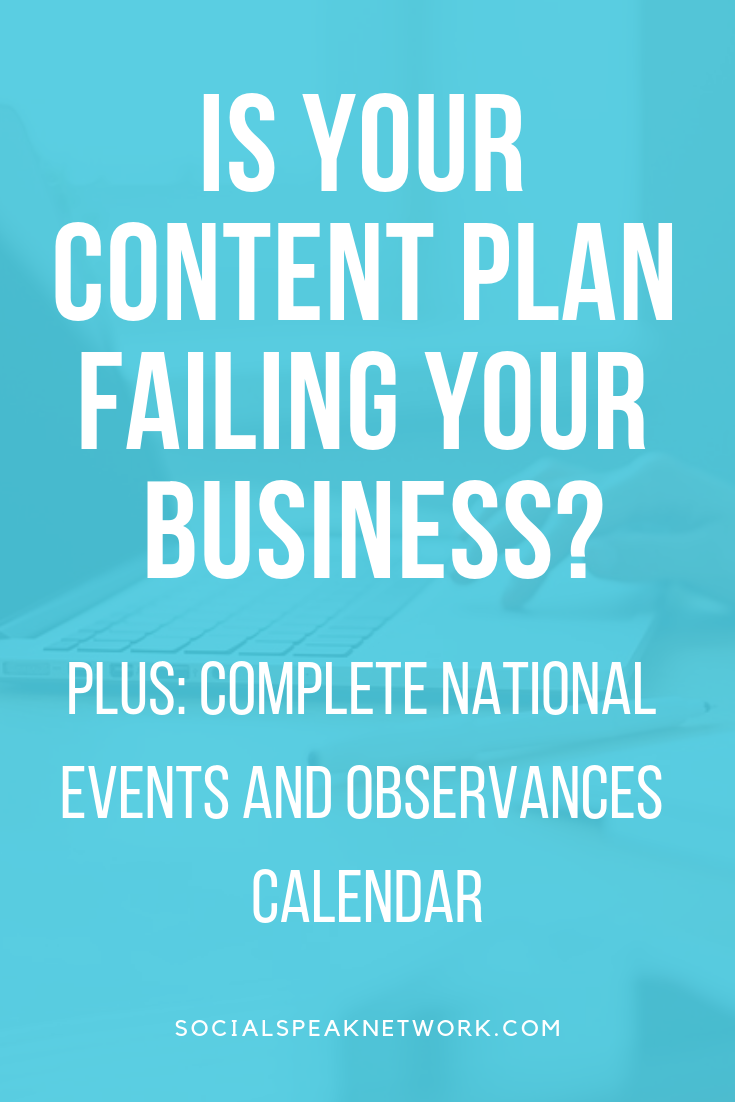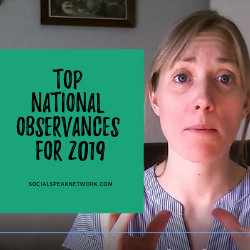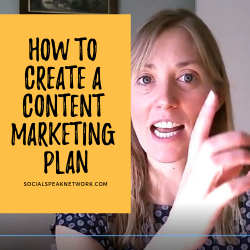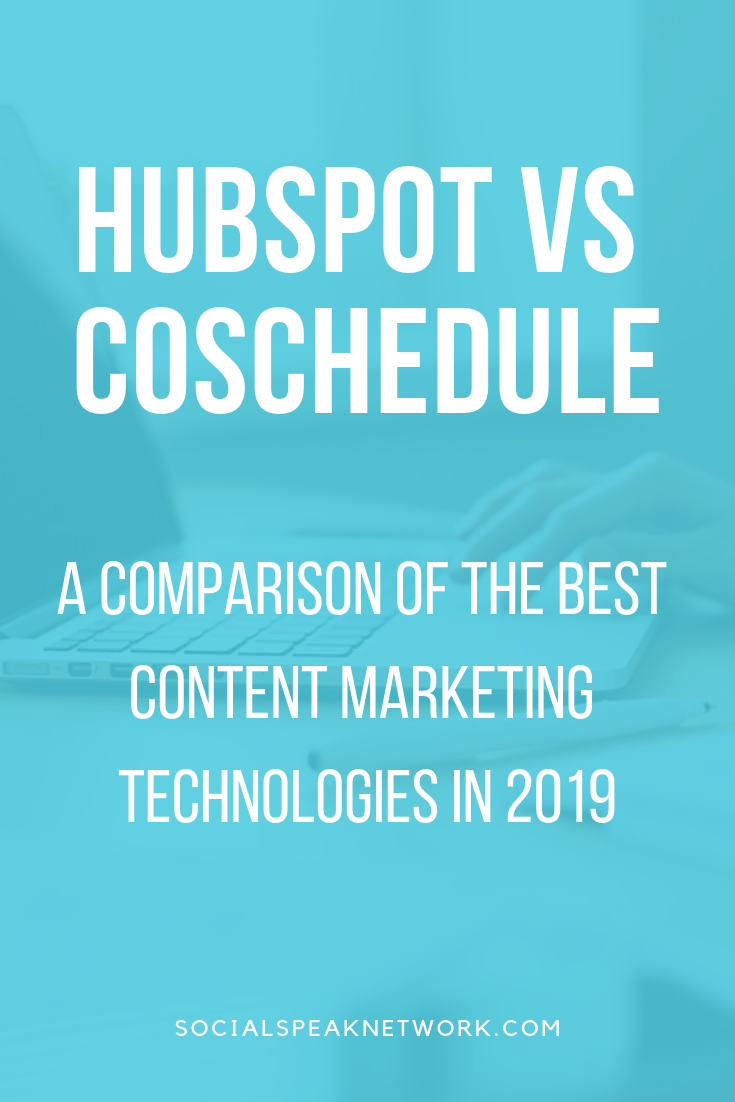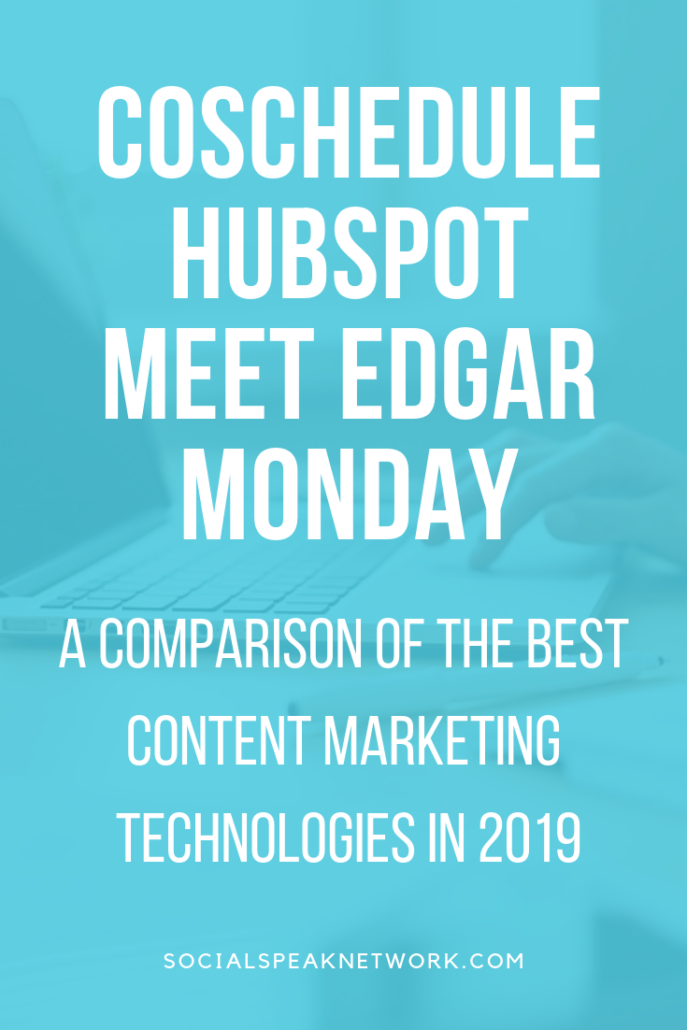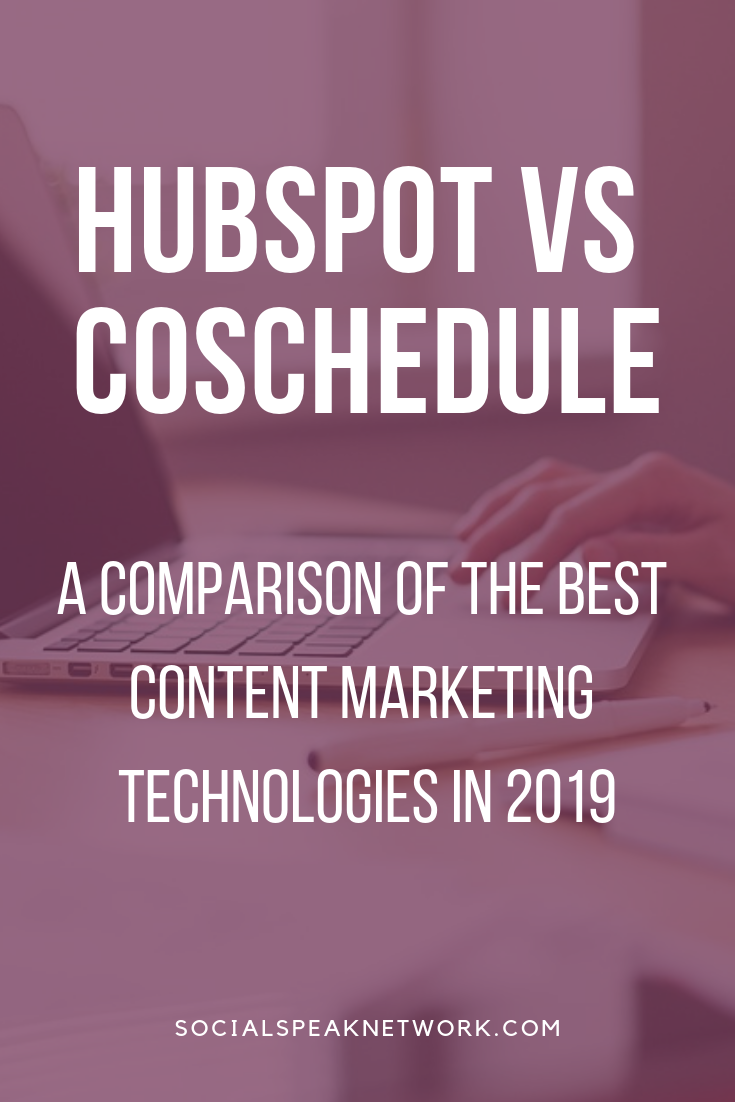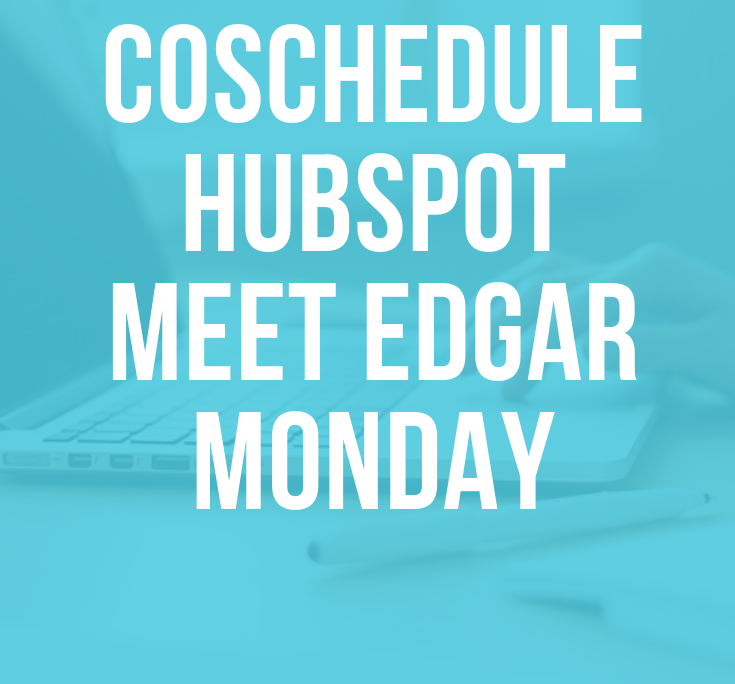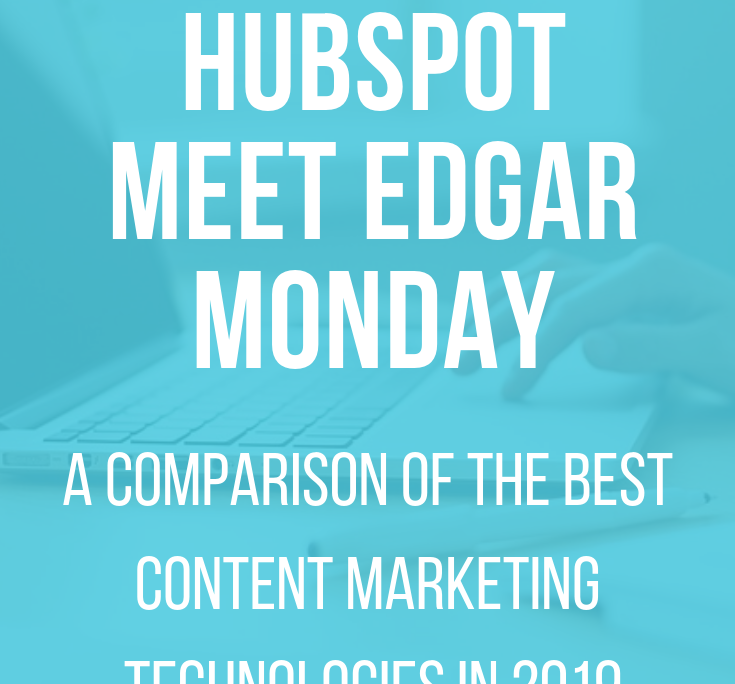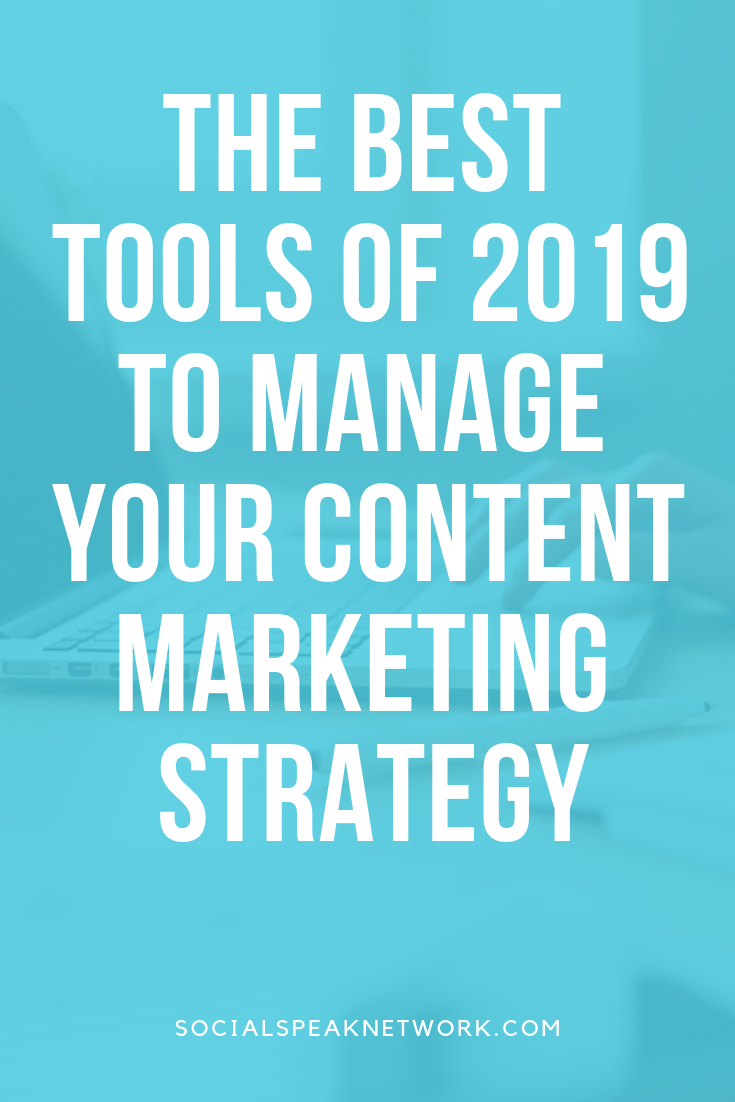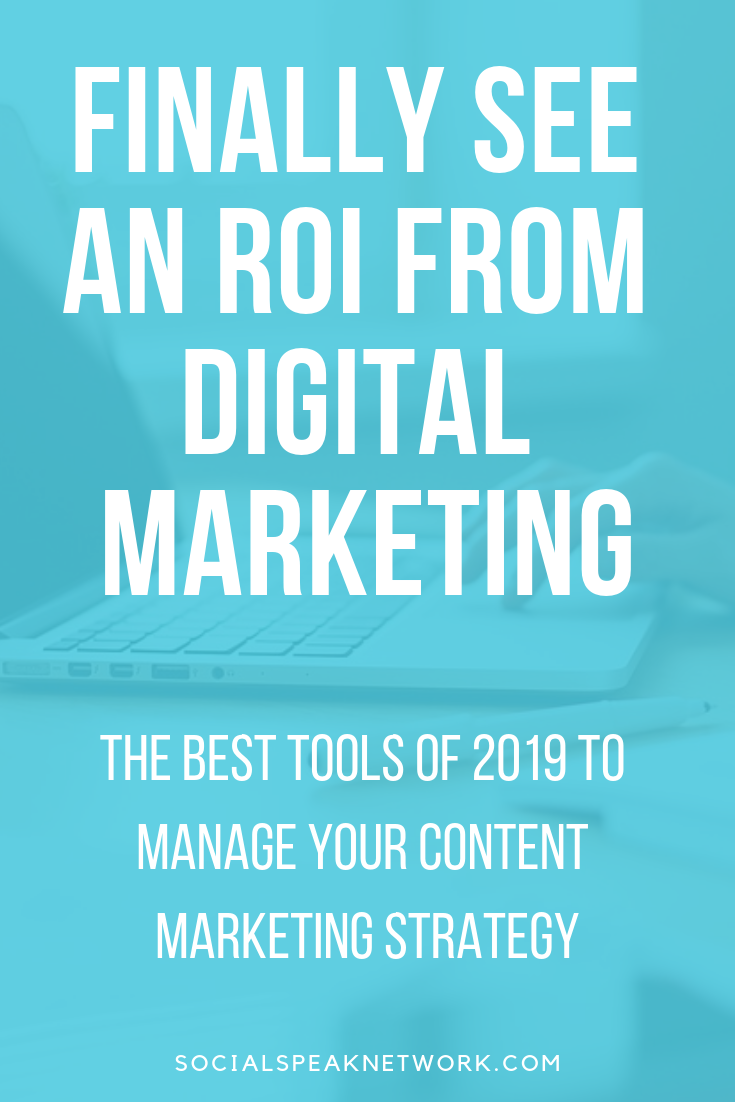Today, we’re going to be talking about search engine optimization for healthcare clinics, for medical practices, and why this is so important.
In our blog post, we also have a video that specifically is about how to do keyword research, and the ins and outs of search engine optimization so that you can actually do it, but this podcast is mostly geared towards why you need search engine optimization and the benefits of it.
To start off, why is Search Engine Optimization for Medical Practices important?
- One-third of patients today are using their telephones or tablets to research and to book appointments. You need to make sure that you’re being found online.
- 58% of healthcare marketers are using blogs and that’s compared to 74% of all marketers. This means that there is room for you to grow in that space.
- And 62% of smartphone owners use their phones to search for health information. So it gives you a chance to actually answer those questions.
What Does Search Engine Optimization Do for Health Care Practice?
Search engine optimization does more that just get your website ranking higher on Google and other search engines. SEO has other ways that it is useful. SEO as a piece of medical marketing allows you to:
- Build trust with prospects
- Share valuable and education content
- Make sure you are appearing in Mobile search results
Additionally, there are different types of search engine optimization that you can pursue in your digital marketing strategy. SEO is not a one-and-done thing. There are tactics you can implement to make sure you continually are increasing your SEO. Search Engine Optimization is made of two main strategies – On-site and Off-site. Below is a list of the Social Speak recommendations for how to boost website traffic and grow your network of prospects online.
Types of SEO for Medical Practices
Off-Site SEO for Medical Practices: This includes building links from referring domains, backlinks, directory listings, and submitting your website and blog posts to syndication websites. Typical 1st-page listings on Google have exponentially more backlinks than those on the 2nd or 3rd page of search listings. These referring in-bound links need to be high-quality, as well. 10,000 links from websites with a low domain authority can be less valuable than 1 link from a well-established domain. Activities we recommend are:
- Research your competition at NeilPatel.com. This is a free keyword research tool that allows you to see what websites are ranking for select keywords, their domain authority, and how many backlinks they have into their website.
- Write high-quality blog posts (see on-page SEO below) and reach out to webmasters of websites in your industry to pitch adding a link to your resources.
- Find websites in your niche that accept Guest Blog Posts. Write an article with a link back to your website.
- Add your website to directories and optimize the content.
- Comment with a link back to a resource on your website in forums and on other blogs
On-Site SEO for your Health care website: On-site SEO includes making sure your website is both up to date and that you are consistently producing keyworded content.
- Website Security: Old PHP versions, outdated WordPress files, and expired SSL certificates are all key indicators that have harmful consequences for your SEO. We recommend backing up your website at least monthly and updating all theme, plugin, and WordPress files. There also are services that scan your website daily for malware or security vulnerabilities.
- Blogging and Article writing: Gaining inbound backlinks and your ability to show up in search results for specific keywords are driven by high-quality, keyworded content on your website. The highest-ranking websites across industries produce blogs and articles on their websites multiple times per month and many take to blogging daily. These blogs aren’t just 500 word articles – they are well-researched pieces of content that could be 1,000 to 10,000 words long.
- To find what topics to write about, we recommend:
- Steps for Research
- Your own brainstorm
- Google related search results and ‘smart’ search results or ‘featured snippets’
- What are other people talking about
- Double check and find new ideas at: https://app.neilpatel.com/en/ubersuggest
- More reading on Search Engine Optimization for Healthcare Digital Marketing:
- Steps for Research
Starting with Keyword Research
How to find topics and keywords to use in Medical Marketing?
Why your medical practice, why as a doctor, you need to be focusing on search engine optimization.
In the video above, I show some of the tools that we utilize to find what keywords to focus on for your medical practice to build up that search engine optimization. So I’m going to share my screen and the first thing that you are going to see here is a tool Ubersuggest. Now Ubersuggest is Neil Patel’s tool, and it is a free tool that you can utilize. I am signed in right now, but this is free. It’s something that you just sign in with your Google account. And then by doing that, you can hook it up to your website so that you can measure things like traffic and the number of backlinks you have, any new backlinks that are showing up and things like that. It takes all of Google’s tools and compresses them into reports that you should be taking a look at for search engine optimization.
We utilize Ubersuggest as a way to find really specific content that you can include on your website and then also to get a sense of how many things like backlinks or the page rank of your competition. So I did a search already for pediatrician. We worked with a lot of pediatrics offices, and so I thought this might be a great thing to start with. So as you can see, when we do a search for “pediatrician,” we have a list of keywords over here and these are just suggested keywords that are similar to “pediatrician.”
The volume of the searches, cost per click if you were to bid on this using Google ads, page difficulty and then the SEO difficulty. So for most websites, if you’re seeing competition having a SEO difficulty here of 62, 65, 46, these are going to be pretty difficult for you to rank for, especially if you haven’t built that foundation of keywords that Google is already ranking you for. So we recommend scrolling down on the list until you find that SEO difficulty that’s a little bit lower.
Using Filters to Narrow Keywords
Now, you can use this filters technique. And so here, you can set what you want the search volume to be as well as the SEO difficulty. And so we actually utilize that, but for the purpose of this video, I want to show you kind of all the keywords that show up here. Then, over on the right hand side of the screen, you’re going to see the actual results that show up in Google. So for “pediatrician” for example, we only see a lot of WebMD, HealthyChildren.org, Verywell Health etcetera, pediatrics – a lot of very highly ranked websites with high domain scores. The domain score is how positively Google sees you. Most likely, trying to rank for the word “pediatrician” probably isn’t going to be good for you to start.
Build a foundation of keywords to then rank for more difficult keywords
However, as you build up that foundation of keywords below that, you can slowly work up over time for a top keyword like pediatrician. So let’s see what keywords we should be focusing on. So if you scroll down, there are quite a few for pediatric urgent care or for specialties that you might have.
“Pediatric urgent care near me,” for example, that has 20. And so this is the type of search that people do when they’re on their phones, so they’ll rather than typing in, they’ll actually say, “Pediatrician,” or “Pediatric urgent care near me.” So you want to make sure that you’re including language like that on a blog post or on a page on your website. Here we’ve got “urologist.” So that’s a different one. Even “pediatric clinic” has a lower SEO difficulty score. So rather than just going after pediatrician, you could have “pediatric clinic near me,” “pediatric urologist.” So again those specialties are good to highlight as well. I saw it down here on… Let’s see. Pediatrician for kids.
These are called long term keyword phrases. And so as you’re writing content, again, don’t just focus on that top keyword. Think about those secondary and third keywords that make up phrases for you to write content around.
Here we go, “pediatrician near me that accepts Medicaid.”
So if you accept Medicaid, this could be something to make sure to put in a blog post or on your website at somewhere just because it is absolutely something that is getting quite a few searches.
And yes, these are national numbers. But still, it ranks up here and that has that lower SEO difficulty. Now, one of the things that I like about this table here is the tool Ubersuggest also allows you to look at related keywords, questions, propositions and comparisons all of these make fantastic blog posts because they are really answering the questions that people have.
Specific Keywords for Pediatricians:
- “pediatrician when you are pregnant” – you could have a blog post specifically about how to find a pediatrician when you’re pregnant or when to start talking to a pediatrician. Even answering things like, “Will a pediatrician prescribe birth control?” I am assuming that you probably aren’t, however, this is a question that people are asking and it’s something that you’d be able to rank in the eyes of Google for and start building up that foundation. So over time, you can start focusing on those keywords that 100% you need to be ranking for.
- “Pediatrician accept Medicaid” – if you do accept Medicaid, this may be a great topic to rank for and write about. Describe the process, have a doctor interview, etc.
- “Pediatrition for ADHD” – you could have a post that’s specifically on why your pediatrics office, the pediatrician office near them, is the right fit if your child has ADHD and you’d want to make sure to include this exact phrase right here.
Let’s say you do end up writing a blog post on Pediatrician for ADHD. You would then be able to come over here to see who else is ranking for that keyword. Now, if we take a look here, these domain scores all also do have… They are all fairly high as well. So what you can do is you can reach out to the author of, let’s see what’s this, everyday health protocol is, ‘Find the right ADHD specialist,’ and you could email the webmaster or the editor of this article and see if your article, if it is educational and provides great information you can actually email them to see if they wouldn’t mind adding you as a resource that they link to within their blog post. Now, getting these high-quality links back to your site are incredibly important for search engine optimization. We do see, for example, right here. So this person eastbaypediatrics.com. They don’t have any links. They are on the second page, so you can see the number of visits does go down, but their domain score is seven. So if you have the right content that’s related to Pediatrician for ADHD and you start building backlinks from these higher articles here in higher websites, you’re going to be showing Google that your content is very well written and it’s relevant and that people want to read it.
Pediatrician for ADHD could be a great topic to talk about.
Another option on Ubbersuggest Keyword Tool is comparisons. I love writing articles with comparisons. I think that this is a great way to stand apart from your competition, to provide great value.
A recommendation here could be for pediatrician writing one about “pediatrician or family doctor.”
What’s the difference? Why would you choose one versus the other? If you are a family doctor, this is a great topic to talk about as well. Other examples are: family medicine versus family doctor. With pediatrician or family doctor, for example, it only has 90 searches. However, that means combined with this page difficulty of five and the SEO difficulty seven, most likely you’re going to make an impact by writing about this topic or having one of your doctors answering this question, and you would be more likely to be able to place on the top pages of Google fairly quickly for this, especially if you then go out and get those backlinks.
Read the rest of the transcript for the video on How to Do Keyword Research with Ubersuggest for Healthcare SEO
11:26 CM: So one thing, once you have a topic or a handful of questions that you’ve found that people are asking about your specialty, you can then write up an interview for your doctor. And we love doing this just because it allows you to get multiple media at one time. So you have the audio if you ever want to start a podcast. You have the visual component through the video. And then you also easily get a transcript of this keyworded content of questions that people are actually asking that then you can put on your website. We have a full blog post. I’ll link to it down here that is about how to utilize interviews or videos in order to make transcripts that can then be turned into a blog post. You’ll see even with this video, we had that podcast. The podcast is the intro to this blog post and then this tutorial is really the bulk of that blog post. So we’ve talked about Neil Patel’s Ubersuggest tool. This is a free tool. There are plenty of paid tools that are very similar. Keyword Finder is one that we’ve talked about in the past and that is just kwfinder.com. The problem with this is they now are… And you’ll see it’s a very similar layout to Neil Patel’s.
12:46 CM: However they restrict the number of searches that you can do on the free account whereas Neil Patel’s tool really is a free tool. Yes, if you are linking up your website, they are probably collecting data on the number of visitors and the backlinks and everything. However this is a great free option.
13:27 CM: So, there is that Keyword Finder. Moz has a SEO tool, I think. HubSpot has a website grader. That’s always good to look at. But this again, the Neil Patel one, it is a great way to dive into how well the backbones of your website are even performing. Are there pages that don’t have Header 1 tags? Are their pages that are missing Alt tags on images? Can you improve the number of pages that are linking together kind of things like that? Neil Patel’s tool really showcases that very well. The last thing that we do, however, when we are doing keyword research is we actually turn over to Google and we take a look to see what other people are actually writing and to see if Google has any other recommended search results. So I’m going to do this. The pediatrician or family doctor, and I just go right over here to Google. Now oftentimes, I will be in the incognito mode, and that’s just so that I can really see everything that they have. But you can take a look to see what other people are talking about. So, you’ll notice a lot of these folks are using that keyword that we just searched for, “pediatrician” or “family doctor” in the title of the website or of the article.
15:00 CM: And here, if you don’t see that happening then make sure 100% that you are writing on that topic, ’cause you would, by having keywords, that phrase, in the title of the page as well as in the URL, it can be a great way to show Google right away, “Hey look, I’m actually talking about this whereas my competition isn’t necessarily talking about it.” But you can get a sense of what other people are writing about. So, how to decide, how to decide? So this one is “choosing a pediatrician for your new baby.” I’m sure in here, in this kid’s health article somewhere in there, it has “pediatrician versus family doctor.” Oh, this a… This looks like a forum. So forums can be great places to then get more backlinks into your website. So if you write an article “Pediatrician versus Family Doctor,” absolutely post it. This from 2011. So it’s not too current, but post it as, “Hey, we just wrote this great resource that it might be helpful for you as you’re deciding whether to utilize a pediatrician or a family doctor,” and add the link into a forum. Quora is another great place, Q-U-O-R-A, for you to do things like that as well.
16:26 CM: So if you see somebody asking a question “pediatrician versus family doctor” there, you can add your content and a link there as well, and that counts as a good backlink too. Let’s see, Revere Health, so they have “pediatrician versus family care doctor.” So they have just, “Pediatricians, family physicians, how to search?” So this is a very short article. Imagine if you had this article and then three videos of different doctors answering specific questions about when to utilize a pediatrician when family physicians are appropriate and then comparing the two of them. So by having that multi-media, it allows you to have much more content very easily on your website. Additionally, right here, we’re not seeing any videos popping up. However, there would be a chance that your video would be able to show up. Let’s see, so there are some folks who have talked a little bit about “pediatrician, family doctor, pediatrician,” “the difference between family medicine and internal medicine.” So, no one specifically, at least on this first page, has answered the pediatrician versus family care doctor or family doctor.
17:48 CM: This’s one, like another forum. So this could be a great one to talk about. Just going to keep on going down this rabbit hole. [laughter] People are asking their peers for their insights about whether they should utilize a pediatrician or a family doctor or go to one specialist or another. This is an excellent opportunity to jump in and see if you can also write content or have your doctors film content about the topic. So it’s important to have your website again ranked on Google, just because most folks, most prospects that you have are looking for your specialty online or they’re researching the referrals that they get. They want to make sure that you are the correct choice for them and for their family. And by doing keyword research, you can start to understand what language they’re actually utilizing and what questions they actually have as they’re going through this decision-making process? Search engine optimization has the ability to drastically increase the ROI that you get from digital marketing, just because it gets you shown more frequently on Google as well as increases the brand recognition and quickly increases the fact that people will know, like and trust you and that you’ll become more of a household name.
19:22 CM: So, we highly recommend utilizing search engine optimization. And when you’re going through and first starting out, please take a look at Neil Patel’s tool. You can do a Google search for Ubersuggest or its app, neilpatel.com/ubersuggest. And you’ll be able to get there. From here, type in that top-level keyword that ultimately you do want to make sure that your website ranks for and then take a look at the related, the questions, prepositions and comparisons to see if there are any sub-topics that are going to be more likely that you will rank for quickly. And as you start growing that baseline, you’ll be able to target those higher and higher-difficulty keywords in the future
Read the Medical Marketing Podcast Transcript on Why SEO should be a part of your Digital Marketing for Healthcare Strategy
00:00 Caitlin McDonald: Hello everybody, my name is Caitlin McDonald, and I’m here with the Social Speak Network on the Social Speak Network podcast. Today, we’re gonna be talking about search engine optimization for healthcare clinics, for medical practices and why this is so important in our blog post, we also have a video that specifically is about how to do keyword research, and the ins and outs of search engine optimization so that you can actually do it, but this blog post is, or excuse this podcast is mostly geared towards why you need search engine optimization and the benefits of it so to start off, why is it important? So, one-third of patients today are using their telephones or tablets to research and to book appointments. So you need to make sure that you’re being found online. 58% of healthcare marketers are using blogs and that’s compared to 74% of all marketers. So, this means that there is room for you to grow in that space. And 62% of smartphone owners use their phones to search for health information. So it gives you a chance to actually answer those questions.
01:30 CM: Additionally, 75% of patients use search engines prior to scheduling a visit. So we view search engine optimization as being incredibly important for your medical practice. Number one, it increase your online visibility. So, blogging is a huge part of search engine optimization, it’s your ability to create content but then is answering questions that folks are looking for online so increases your online visibility, you wanna make sure that you are actually found online. So without that content, let’s say your page just has doctor Profiles on it, information about some of the services that you offer your specialties, and then has the scheduling people are wanting more information. And so again, that second part of this, we’re actually gonna be diving into how to do that research, but for now, just know that if you weren’t found on the first page of Google most likely you’re not going to be found online. Search engine optimization, and being found organically online allows you to bring in more valuable visitors. So the reason why this is, is because of, being found first on Google, and having a presence on Google on Facebook, on LinkedIn and really on all of these other directories helps to boost consumer confidence in your facility in your clinic.
03:09 CM: And so you want to make sure that people know, like, and trust you, let’s say it’s the first time that they’ve dealt with the symptom they’re looking for answers about it. And you come up time and time again, they’re already going to start trusting you before they give you a call for that initial consultation. The third thing is that being optimized online helps to reduce your other digital marketing cost. So typically when we’re working with a healthcare center, we are running ads for them. This is a great way to reach people talking about top-of-funnel right when they’re searching for your specialty however, when you rank online as well, they’re more likely to click your listing down below, rather than the ad so it allows you to transfer some of that budget that you would be spending on clicks to people who are clicking on your free listing anyways, so it allows you to transfer some of those clicks as well as reach people who are just searching for lots of different things and they are wanting to make sure that you are legitimate and also to be able to find you and also positioned you above your competition if you’re showing up higher than them online as well.
04:35 CM: We have seen this to have a great return on investment and so traffic that you are getting from organic searches tends to be a little bit easier to convert. They aren’t seeing an ad and then wanting to do more research. You are the research that they are finding. So it’s a very cost-effective solution that has a high return on investment, and there are a few things to keep in mind as you are doing search engine optimization.
05:12 CM: One is you wanna make sure that you are thinking about mobile users. So about 62% of folks who are doing these searches are on their mobile phones. Often times, we even see search traffic up in the 80% for some of our clinics that we’re working for. And so you want to make sure if somebody’s doing a mobile search for your clinic, you’re also showing up there. Typically, people are starting to use voice searches. So rather than typing in a keyword, or two or service that they want, they are literally searching for a orthodontist near me or a pediatric office near me. And so you wanna make sure that you’re showing up for mobile users, and most importantly, for local mobile users, so put your clinic name, your location, and information like that in there so that people know that you are the one to visit.
06:13 CM: Let’s see, there are a few different ways that you can make your website stand out for search engines in 2020. And the first alluded to this with the blogging and how there is the gap for healthcare with blogging and a gap that you can fill by creating content that people are looking for. And so this is called on-page SEO, this is creating new content with keywords in it. Another thing that’s very valuable is building backlinks, so this is getting other websites, other directories to link into your website and having backlinks is one of the key indicators that Google is currently, looking for because it’s showing that other people want to link to your site. There’s a whole strategy behind this.
07:12 CM: I’m gonna be talking more about keyword research in the second part of this and how you can utilize that blog post, however if you are interested in the backlinking strategy, please just reach out to us schedule a consultation, we would love to chat with you in more detail about how to pursue backlinking for your healthcare center. However, this blog post is focused more on the front end of keyword research, creating content, things like that, then there is building links between pages. This is very easy to do if you are creating new content for your website basically on a blog post, if you mention a doctor’s name, link to their profile on your website if you are mentioning a service or a specialty, link to that specialty page. And so, just to wrap things up, in this part it is just very important to have search engine optimization as one of the key elements to your digital marketing strategy for your medical center because people are searching for medical practices and for specialists online if you want to meet them. Yes, you can create a referring partner relationships. However, a lot of folks are doing research themselves, and trying to figure out who’s gonna be the best person or best medical center to that they can trust to help heal them.
08:52 CM: So if you have any questions, please again jump over to that blog post, you’ll be able to read the full tutorial over there as well as watch our tutorial video and do not hesitate to reach out if you have any questions on how your practice can utilize Search Engine Optimization and keyword research and backlinking to boost the number of new appointments that you are seeing. Thanks so much for tuning in and I will see you next time on The Social Speak Network podcast.




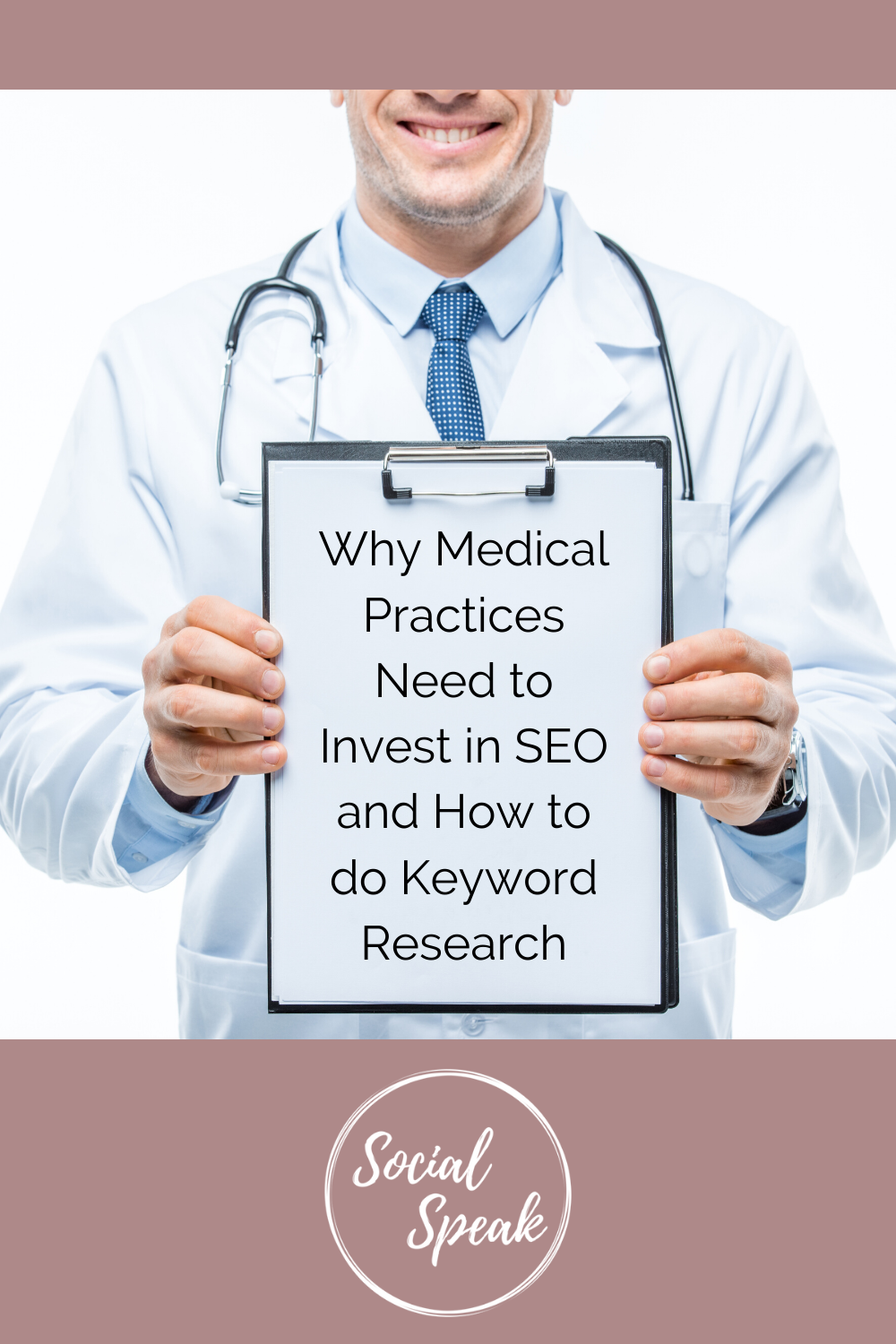



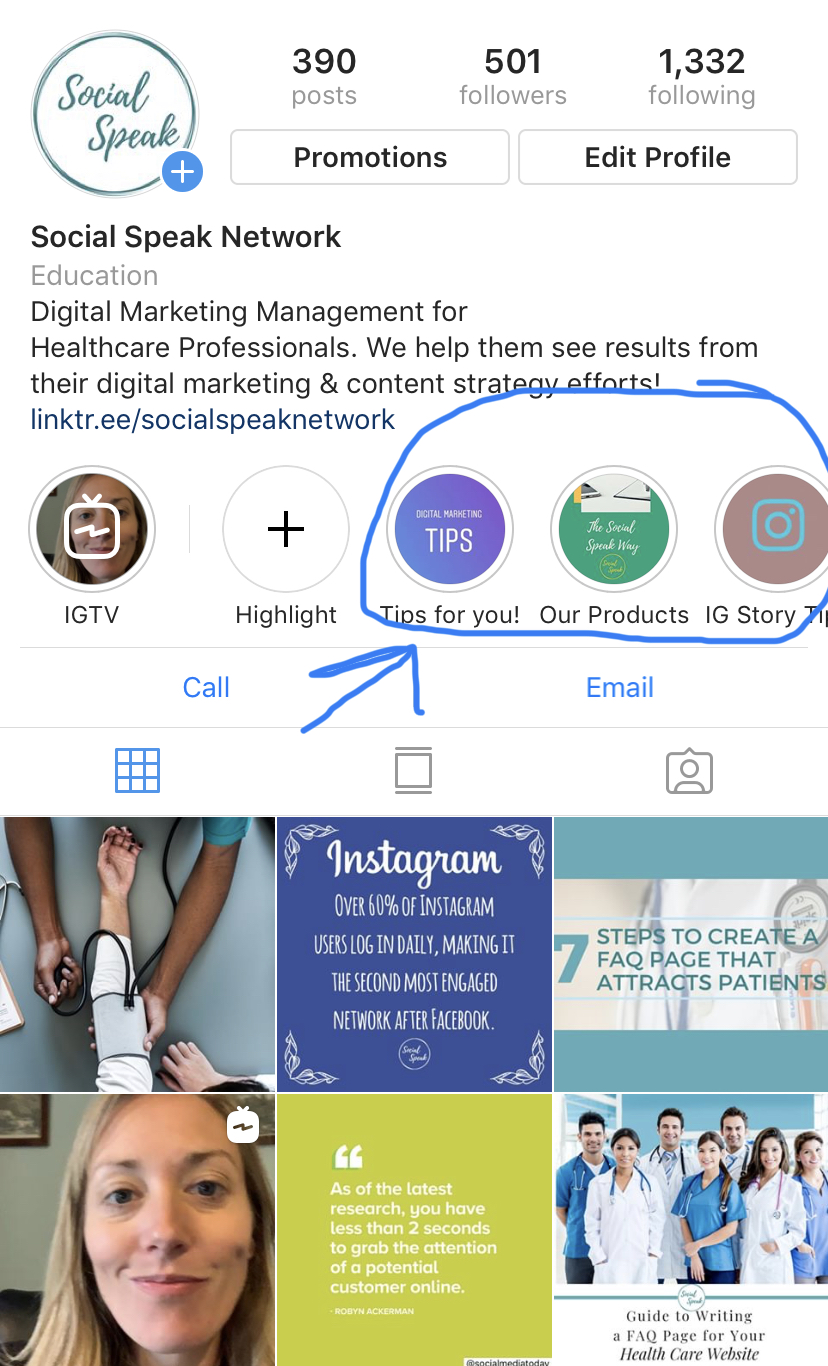
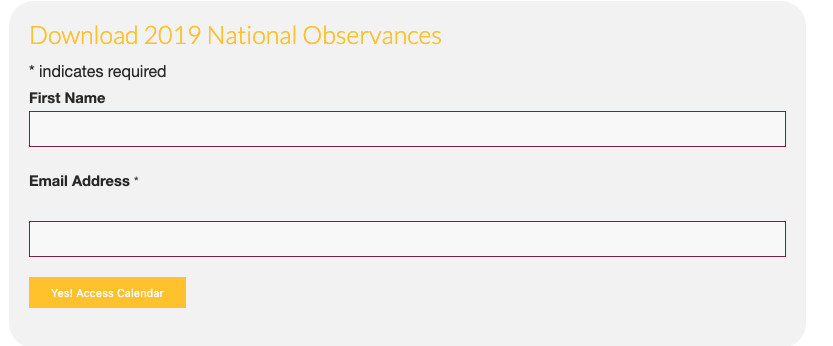
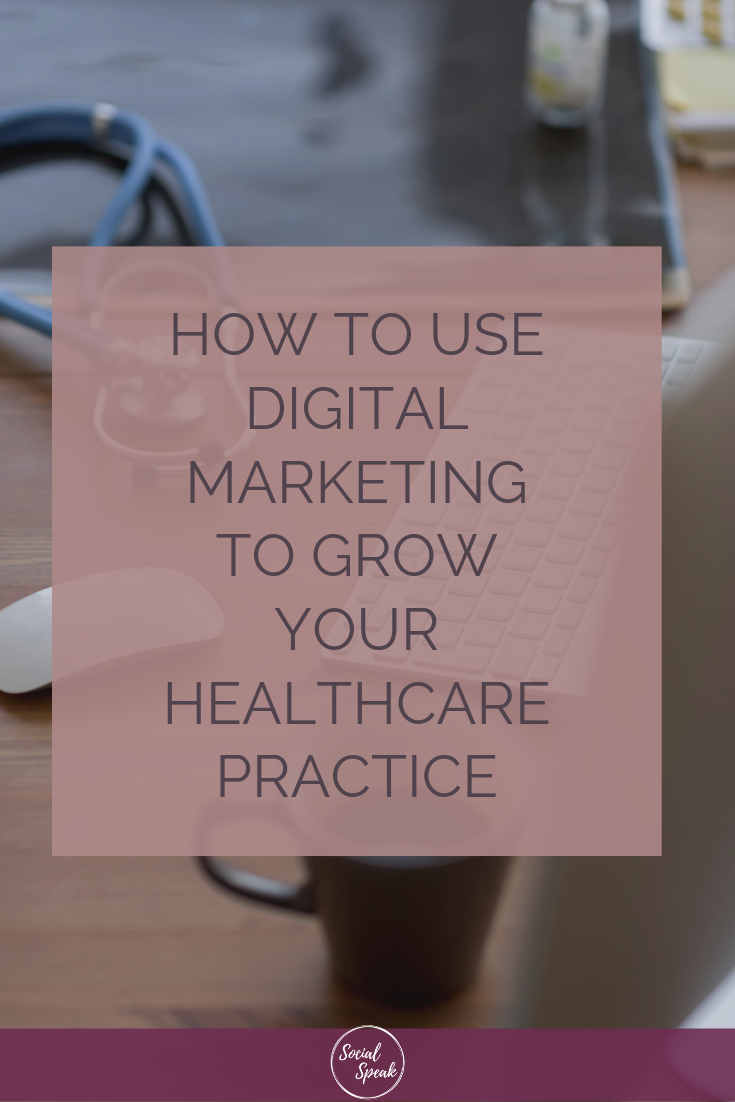
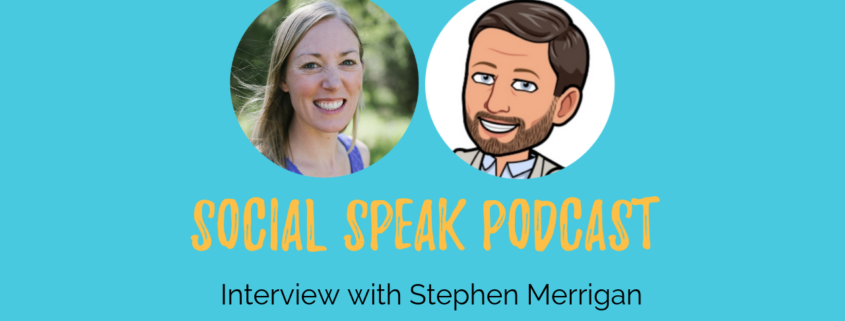
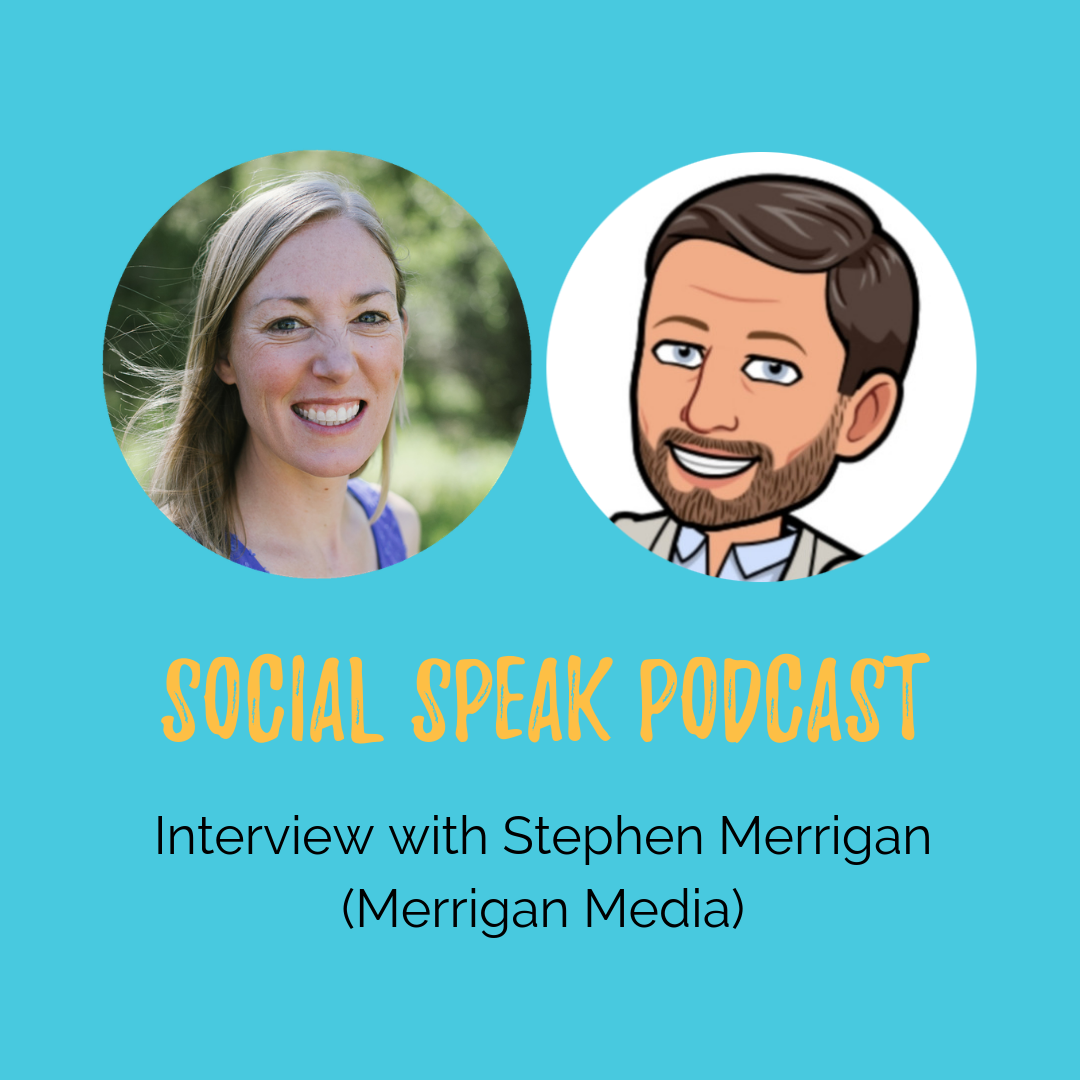

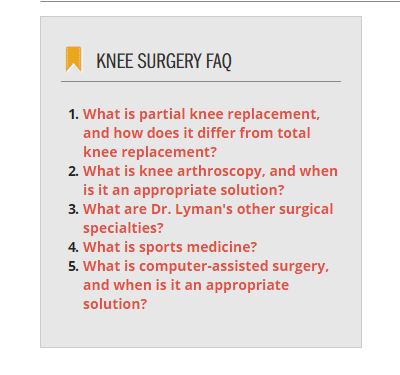
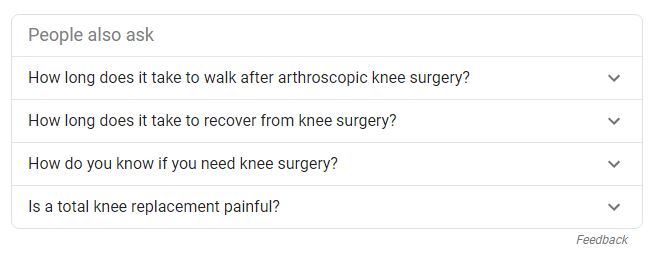 (You’ll also notice that for this search, there also is no Featured Snippet – time to get working on that FAQ…)
(You’ll also notice that for this search, there also is no Featured Snippet – time to get working on that FAQ…)